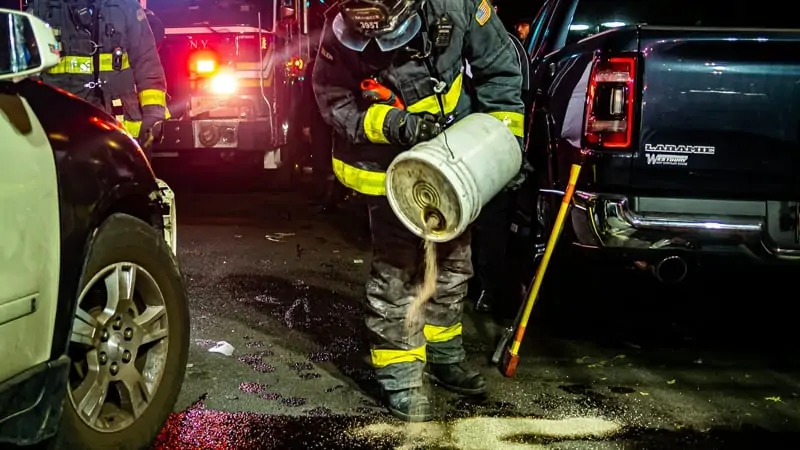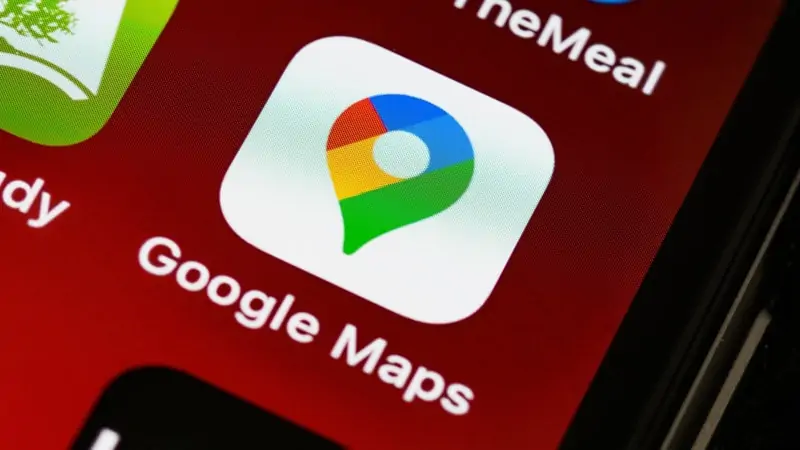Most people have always used Google Maps as a driving assistant, but only a few people care about the inner workings of this magical Google app. If you’ve ever tried to wrap your head around how Google detects car crashes in real-time, we have an answer for you.
Google pulls most of what it knows about car crashes and other traffic incidents from Waze, an app it acquired in 2013. Waze incentivizes users to report car crashes, police checkpoints, and traffic incidents to help warn other drivers of inconsistencies in a given route.
In this article, you’ll learn most things you’ve ever wanted to know about Google Maps. In addition to getting a detailed analysis of how it works, you’ll also learn how to make changes to Google Maps in real-time to help drivers like you.
How Does Google Maps Know Current Traffic Conditions?

If you’ve ever been awed due to the accuracy of Google Maps, you’re not alone. Many other drivers also wonder how Google keeps tabs on traffic conditions and share them with drivers in real-time, and also with insane accuracy.
Google uses several methods to collect data to compile traffic information for the Google Maps app. An aggregate of the data collected over these several platforms is what determines your real-time traffic condition.
Here are some of the data sources that Google uses to determine the traffic information that helps you drive on Google Maps.
- Harvesting Users’ Real-time Location Data
It’s common knowledge that you must turn on the location services on your smartphone to use Google Maps effectively; how else is it going to know your location otherwise?
But Google Maps uses your location for things far more complicated than telling your real-time location. By using Google Maps, you automatically agree to share your location services for diagnostic services and to improve the app.
Since you agree to this, Google is free to use your anonymized location data to provide real-time traffic information to drivers using Google Maps, and the traffic information you see is also a collection of traffic information from other drivers.
If many drivers using Google Maps converge at a specific area, Google deduces that it’s a traffic hold up, and that’s how they provide meaningful traffic data by crowdsourcing. This method makes up most of Google’s knowledge of real-time traffic information.
- Traffic Sensors
This method is pretty dated and is increasingly less popular over the years. The sheer number of drawbacks to predicting traffic from the sensors makes it a far less reliable option than using anonymized location data from users.
The traffic sensors are usually installed by government agencies to check the volume and speed of traffic in real-time. The data collected from these sensors are transmitted to the servers of these government agencies and are made available to the general public.
From this public information, Google programmatically pulls out some useful information about the current state of traffic to help drivers using Google Maps.
However, traffic sensors are increasingly becoming obsolete, as they’re expensive to install and thereby only make it to the most important streets. If Google uses the sensors exclusively, it will be impossible to recommend alternate routes with less traffic, as they don’t have any sensors to make it work.
- User Reports from Waze
Google Maps doesn’t only tell you how much traffic is ahead of you; it also tells you when an accident has happened ahead of you. Even people who aren’t so tech-savvy know that your GPS can’t tell if you get in an accident; so, how does Google get hold of this information?
All of these are thanks to Waze, a service that Google acquired back in 2013. Waze works by collecting several traffic-related information from users. Users can also report accidents, police checkpoints, traffic jams, and other similar information to warn unsuspecting drivers before the fact.
Since Google now owns Waze, it can use information that users report on the app to improve its estimates on Google Maps, giving the most accurate information of most navigation apps out there.
While other navigation apps can access some of these sources, the sheer volume of Googlers makes their estimations insanely accurate. You’ll be hard-pressed to find a driver that doesn’t run Google Maps, and the more Google Maps users out there, the better Google’s estimates will be.
If you’d rather not help build Google’s insanely accurate traffic information and estimates, you can always leave your location services off. However, you’ll also be unable to use most of the navigation help services with Google Maps.
How Does Google Maps Know About Car Crashes?

Google Maps didn’t originally report car crashes, at least not reliably. The reason for this is pretty simple; it didn’t have a reliable way to source car crash data on the fly. This all ended with the acquisition of Waze in 2013.
Waze successfully cracked a way to encourage users to report traffic incidents and hazards ahead of Google, and Google bought the solution. The navigation app incentivizes users to report traffic happenings, and they use these reports to recommend better routes for other drivers.
Since Google owns both Waze and Google Maps, it can easily pull data from inside of Waze to use in Google Maps, and that’s exactly what happens. Almost all the information about police checkpoints, car crashes, and other related road incidents you see on Google Maps is almost always pulled from Waze.
How to Report a Car Crash on Google Maps
Back in 2019, Google rolled out a feature to all Google Maps users on Android, enabling them to report a driving incident when they’re using the navigation feature. This feature was inspired by Waze, which they acquired much earlier.
Reporting car crashes and other incidents will help you and other Google Maps users in determining the fastest location to your various destinations.
If you’d like to report an incident, you can use the dedicated “Add a report” button on Google Maps. You can find this button when you’re on a road, driving, and using Google Maps navigation.

